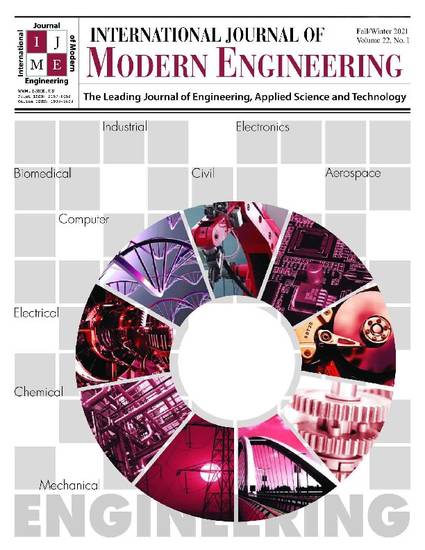
This study concerns computational fluid dynamics (CFD) modeling and simulation of the mechanistic phenomena of inhaled submicron bioaerosol particles while flowing through surrogate in-silico human respiratory airways. Investigated phenomena include the effects of four aerodynamic and electromechanical mechanisms: 1) inertial impaction (IIP), 2) Brownian diffusion (BD), 3) gravitational sedimentation (GS), and 4) electrostatic charge forces (ECF) that interact with inhaled particles. A commercial finite-volume code, ANSYS Fluent, enhanced with user-supplied programs in Visual C++, was employed. Tracheobronchial (TB) geometry was developed using ANSYS Design-Modeler and morphological lung dimensions specified in Ewald R. Weibel’s model of dichotomous lung morphometry. Simulation results were compared with established mathematical models for inhaled bioaerosol particles’ IIP, GS, and ECF depositions. Although, the IIP is still a dominant deposition mechanism for submicron particles in the TB airways under light physical activity breathing condition (Q = 28.3 l/min), the BD, GS, and particle intrinsic electrostatic charge may play several roles as well. Moreover, the GS is negligible for smaller particle size (dp µm), whereas it becomes dominant for larger particles (dp >1 µm). The occurrences of IIP cause the location of deposition “hot spots” in the bifurcating airway where sharp bends exist. The GS has fifteen times stronger deposition effects on a 10 µm particle than on a 1 µm particle. A 50 percent increase in electrostatic charge per particle can double its deposition probability as well. Smaller (dp ≤ 1µm) charged particles experience higher (one-log) image force than larger (dp ≥ 10µm) particles while carrying the same number of elementary charges.
